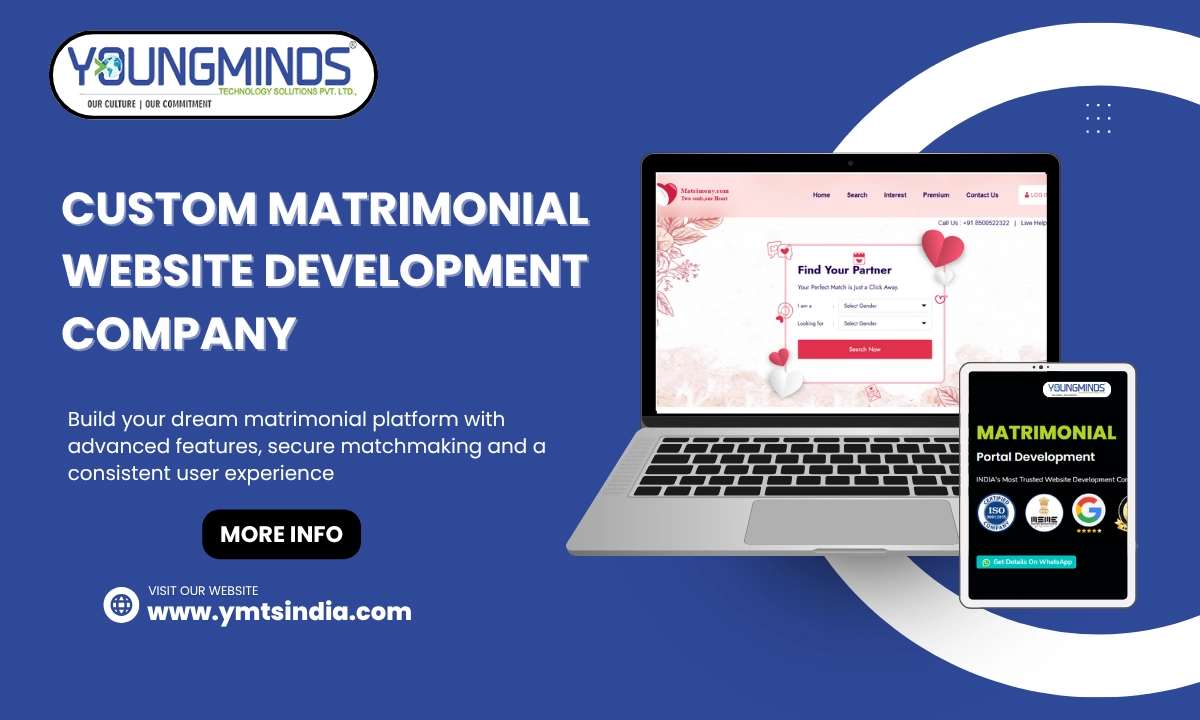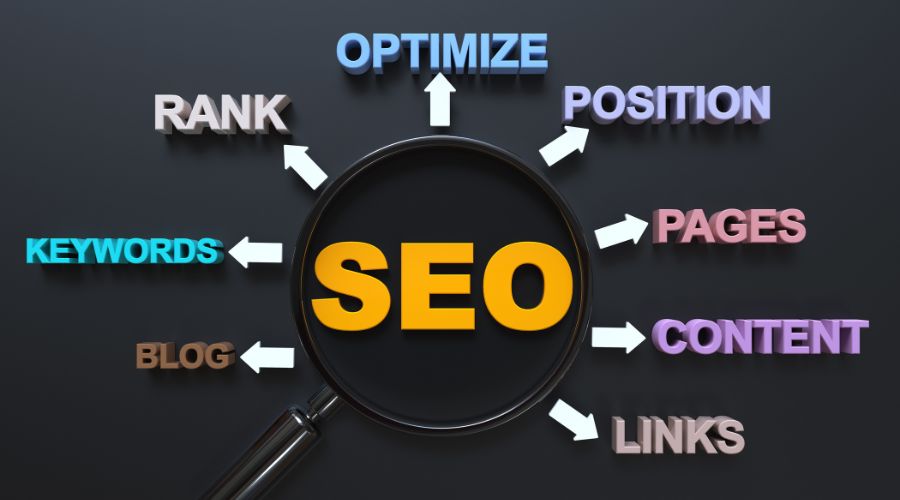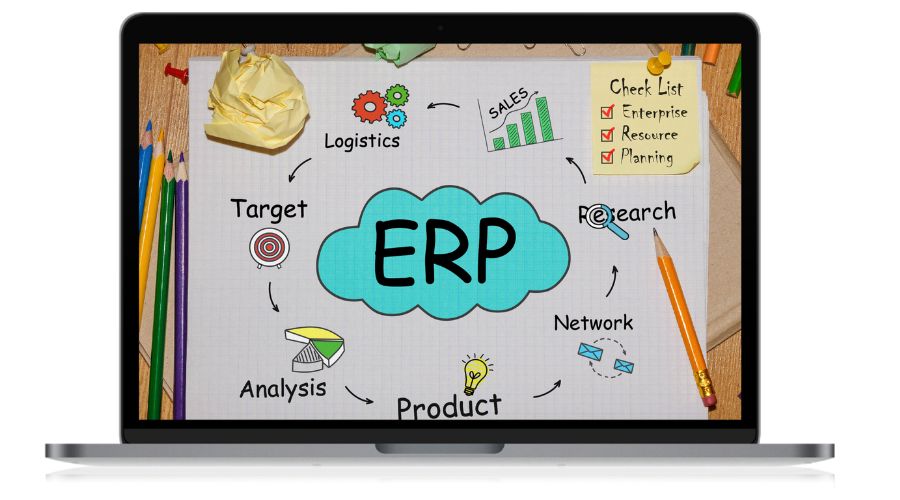Static vs. Dynamic Websites: Which One to choose for Your Business?
Every company requires a website during modern times of digital technology. Your target audience together with your professional credibility begins by having a website which includes a strong design. Generic website development services act as vital components for building websites successfully.
YoungMinds assists clients all through each phase of their project development. Selecting a static or dynamic website stands as the primary initial choice for all website development processes. The selection determines all website aspects from functionality and expansion capabilities to ongoing expense requirements.
This section shows how expert Website Development Services help you select the best website solution between static and dynamic models based on distinct definitions.
What is a Static Website?
Every element of a static website exists as fixed files that run on HTML platforms combined with CSS & JavaScript. A static website serves its visitors from different files for separate pages which maintain identical content unless human editing occurs. The system does not reach out to databases for updates or real-time content changes.
Advantages of Static Websites:
- Fast Loading Speed: Static websites load very quickly because they serve pre-built pages directly from the server without querying a database.
- Better Security: Without server-side processing or databases, it's harder for hackers to attack the site.
- Cost-Effective: Static websites are usually cheaper to build and run, which is great for small businesses or personal use.
- Reliable: They work well on basic servers and are less likely to break since there's less that can go wrong.
Disadvantages of Static Websites:
- Limited Functionality: These websites lack interactivity. You can't create features like user logins, live chat, or personalized content without additional complex coding.
- Manual Updates: If you want to change the content on multiple pages, you have to update each file individually. This can be time-consuming, particularly for large sites.
- Not Ideal for Growth: Managing a growing website with hundreds of pages can be challenging with a static setup.
What is a Dynamic Website?
Dynamic Website Development are more complex. Real-time content generation happens through server-side scripting languages PHP along with Python and JavaScript frameworks. These websites link with databases that allow the operation of user login pages alongside product catalogs and search functions and Content Management System (CMS) capabilities.
Advantages of Dynamic Websites:
- Highly Interactive: Forms, comment sections, user accounts, and other features enable user interaction on dynamic websites.
- Content Management: A Content Management System such as WordPress or Drupal or Joomla enables effortless content management through which you can modify or create or maintain content without coding.
- Personalized Experience: Dynamic websites execute content customization based on user interactions and profile choices and geographical locations to deliver a personalized user experience.
- Scalable: Businesses who require ongoing updates and comprehensive content libraries or feature expansion should choose these sites.
Disadvantages of Dynamic Websites:
- Slower Load Time: The page generation process through database queries leads to slower loading times than what static sites provide.
- Higher Cost: Development and maintenance expenses become high because they demand extended periods of time and professional expertise.
- Security Risks: Higher security risks become likely when user input forms and databases exist as additional components that need proper security measures in place.
Difference between Dynamic Website and Static Website
|
Feature |
Static Website |
Dynamic Website |
|
Content Type |
Fixed |
Generated on-the-fly |
|
Speed |
Very fast |
Moderate to slow (depends on optimization) |
|
Security |
High |
Moderate (with proper precautions) |
|
Maintenance |
Manual updates |
CMS or automated updates |
|
Cost |
Low |
Higher (development + maintenance) |
|
Functionality |
Basic |
Advanced and interactive |
|
Scalability |
Limited |
High |
Conclusion:
Which One Should You Choose?
A website doesn't require elaborate design features to succeed. For basic online representation through unchanging content a static website serves your needs sufficiently. The system loads fast which makes installation simple because it needs minimal ongoing upkeep.
A dynamic website becomes necessary when your business expands or when your website requirements exceed basic content presentation or authentication needs. The system extends its capabilities according to your business requirements.
The team at YoungMinds will support you in selecting the proper website structure according to your business requirements so you achieve maximum return on your investment.































































